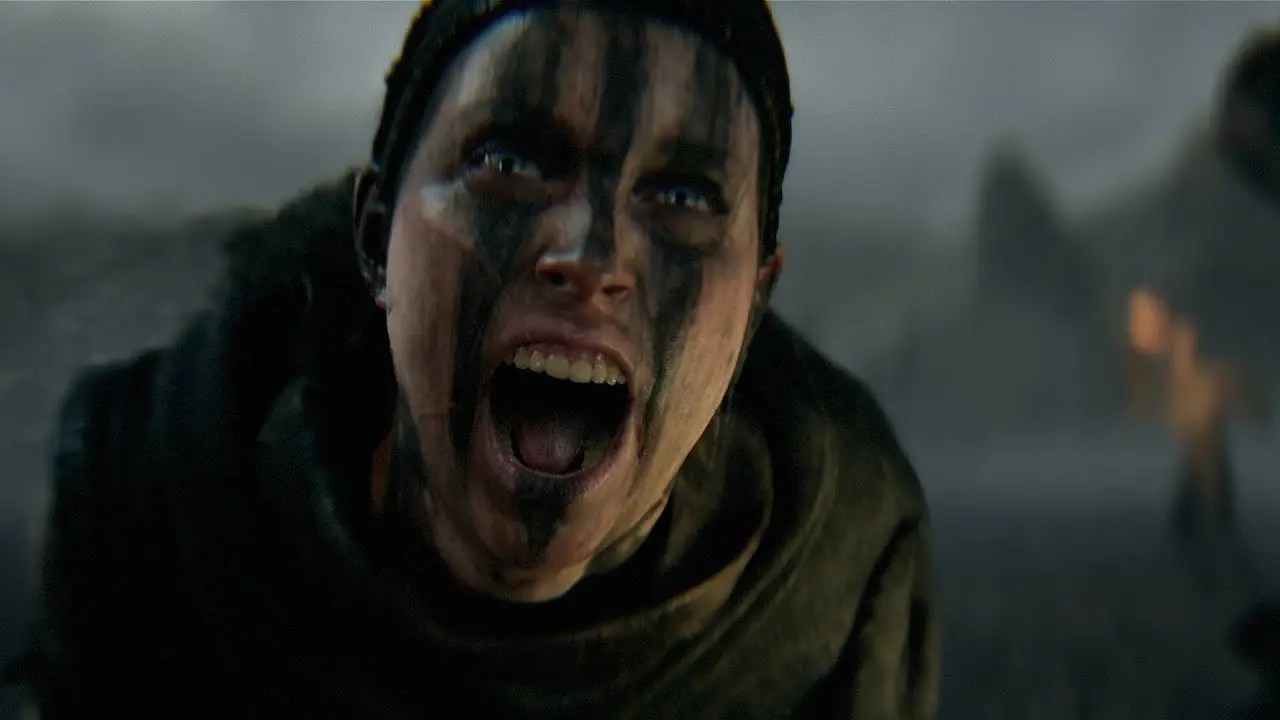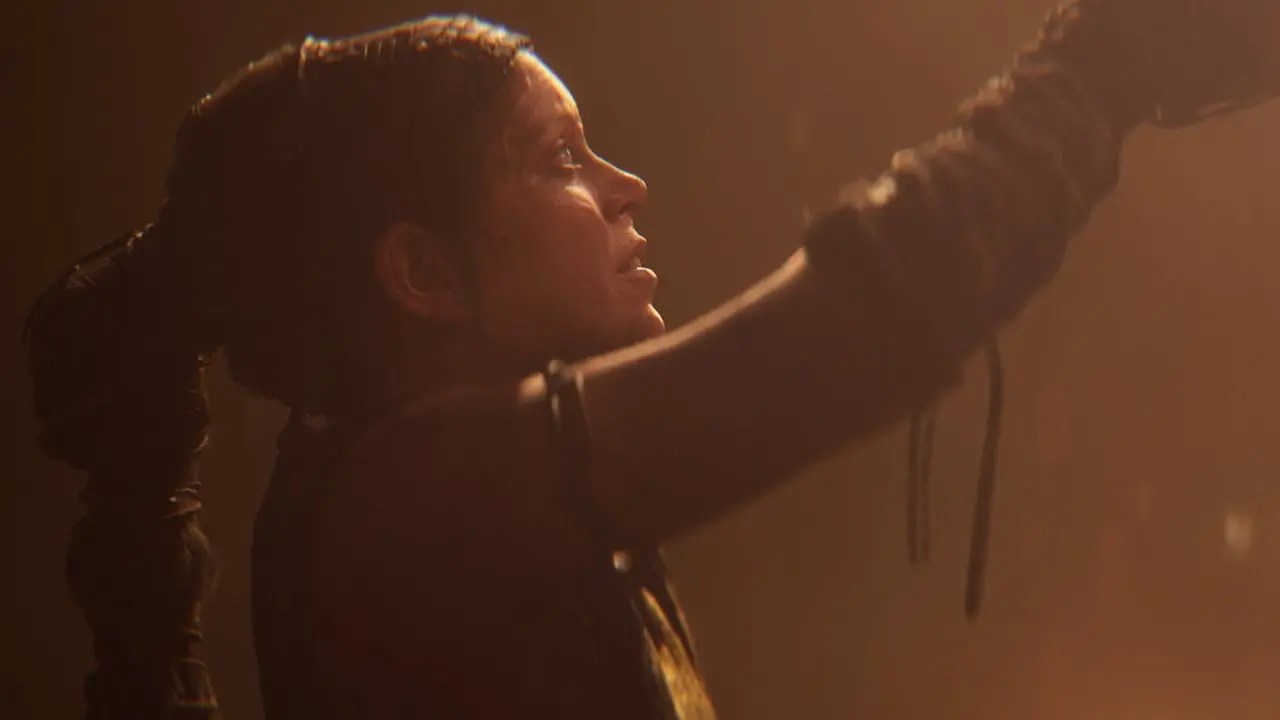[This post contains spoilers for Senua’s Saga: Hellblade 2]
Senua’s Saga: Hellblade 2 continues Senua’s journey after the troubled and traumatic experiences of Hellblade: Senua’s Sacrifice. While the original Hellblade heavily implied that most of the events in the game were all happening in Senua’s mind, the sequel is even more complicated.
Hellblade 2 is a visual work of artistic storytelling before it is a video game. With lines between what’s real and what’s happening in Senua’s mind so blurry, there is a lot to interpret and make sense of in Hellblade 2.

While the whole game is full of twists and turns, it doubles down on the intrigue during its ending. Senua comes face to face against Godi, Thorgestr’s father, at the end of the game. Up until this point, the game had led us to believe the Giants were real and that Senua had been leading the charge to take the Giants down for them. However, it is revealed during the fight with Godi that the Giants were never real. Godi constructed them to create fear among the people and gain power.
Once Senua discovers that Godi lied to the people, she attacks him and very nearly takes the life of the Tyrant. At this point, Senua comes to a crossroads where she must choose between taking Godi’s life or sparing him. While her initial rage after all that he put her and those around her through pushed her to end his life, she slowly begins to question the decision.

Throughout the game, Senua has been troubled by her past, particularly her abusive father. Senua begins to rationalize the decision to kill Godi, fearing that she will become just like her father and go down a darker path. At the same time, Senua starts realizing that there is another choice, where she can spare Godi’s life, finally moving on from the trauma of her past and the influence her father still has over her thoughts and actions.
During this internal battle, Senua also hears Thorgestr telling her that “we are not our fathers,” highlighting how he also chose to be better before his life ended. While it may seem like Senua choose the latter option and spares Godi’s life, Ninja Theory never shows the decision she makes. By leaving the story up for interpretation, the game leaves it to the player to decide what Senua did. In turn, it allows the player to decide how they perceive Senua’s struggles and what she would ultimately decide.

Several themes run through the final moments of the game, with love, friendship, trauma, acceptance, and hope all highlighted through Senua and her Furies’ internal dialogues. Whether Senua makes the Tyrant pay for his crimes with his life or spares him is ultimately up to whatever the player accepts as Senua’s choice. The ambiguity of a definitive ending is another way Ninja Theory wanted to convey the message that there is always a choice.














Published: Jun 8, 2024 11:11 am